Author: Ben
-
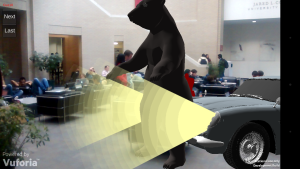
Death and the Compass: a geolocative AR mystery
Amid the unceasing aroma of the eucalypti An augmented reality adaptation of Jorge Luis Borges’ story by the same title, Death and the Compass uses participants’ smartphones to immerse them in the investigation of a series of gruesome ritual murders. After downloading the mobile app, players are shown a location on a map to which they must…
-
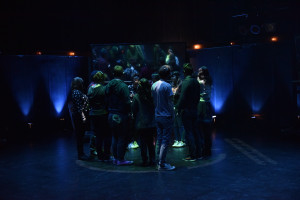
Bob & Dave & Ren
A jumble of aesthetic theory, participation, and Dirty Dancing. With a few surprises along the way. [portfolio_slideshow] March 23 – 25, 2016 at Carnegie Mellon University’s Helen W. Rauh Studio Theater. conceived, written, and directed by Ben Gansky
-
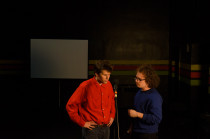
SATURDAY
Imagine a TED Conference scripted by Samuel Beckett tripping on mushrooms, performed by Reggie Watts. Now add soda. Relax! [portfolio_slideshow] SATURDAY was created by GRANDMA. GRANDMA is Ben Gansky, Mike McGee, Peter Mills Weiss, and Tim Platt. SATURDAY performed November 22-24, 2013 at Incubator Arts Project.
-
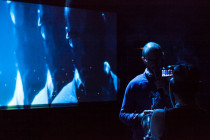
LBJ’s Greatest Hits
LBJ’s Greatest Hits is the natural extension of one man’s real life obsession with the 36th President of the United States of America. [portfolio_slideshow] Written by Taylor Ricco with additional text from Peter Mills Weiss and Ben Gansky Directed by Ben Gansky Performed by Taylor Riccio and Jessy Lynn Sound Design by Peter…
-
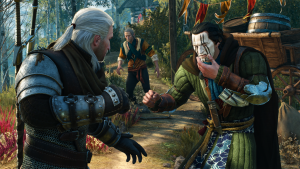
Player verb relationships in The Witcher 3: The Wild Hunt
design thoughts: Thoughts on finishing The Witcher 3: The Wild Hunt [1/21/16] I recently finished playing through The Witcher 3: The Wild Hunt. I haven’t been this thoroughly obsessed with a game since Pokemon Blue. There are a few things that I find extraordinary about The Witcher 3, and that both kept me coming back…
-
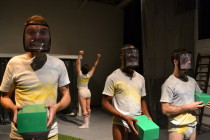
Dream I Tell You
Dream I Tell You is a trance-theatre performance conceived by Ben Gansky that performed July 26th-August 4th (Friday-Sunday) at Cloud City in Williamsburg, Brooklyn. Inspired by hallucinatory experiences in Oaxaca, Mexico and Prague, Gansky adapted the performance’s text from dream journals recorded by varied sources including the writers Georges Perec and Helene Cixous, the Swedish mystic…
-

Silent Film
Silent Film is a three-part interactive live-scored film-cum-site-specific-dance conceived with Eric Powell Holm, Katie Melby, John Egan, and Ben Lewis. It performed at Cloud City in April 2013. direction from Eric Powell Holm interaction design, writing, film editing, scenic and lighting elements by Ben Gansky performed by Katie Melby and John Egan costume design by…
-
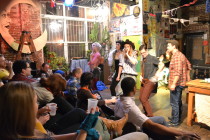
Rise and Fall
[portfolio_slideshow] Rise and Fall is an adaptation of Brecht/Weill/Hauptmann’s opera Rise and Fall of the City of Mahagonny, with more blood, puke, weed, and beer. It comes back around every so often to Cloud City. You should catch it when it does. Direction Eric Powell Holm Sound/lighting/set design Ben Gansky Adaptation Ian Storey
-

10s videos
-

the new mythology
A piece I wrote while in Oaxaca was published by the always interesting contactprojectjournal. Thanks, guys. Link here.